Do you need a way to manage freight loading or maintenance? If so, a hydraulic rising work platform could be ideal. At Alibaba, we stock a vast collection of lift tables for all kinds of purposes. There are tables for motorcycle maintenance, tables for cargo handling in harbors and warehouses, lift tables for pallet management, extending lift tables to reach hard to access locations, and hydraulic tables to lift cars for repairs and inspection. All can be found for less at the Alibaba wholesale store.
Most lift tables at Alibaba take the form of scissor tables. They are called this due to the scissor-like base which unfolds as the table rises. These tables are commonly employed in freight handling situations like ports, docks, retail stores and warehouses, and they make it much easier to raise heavy loads securely. If you want something more robust, there are also hydraulic lift tables which can handle very heavy loads, as well as larger scissor platforms which can be used in underground car parks to provide access. Additionally, smaller options are available that are designed to secure motorcycles so that mechanics can see every component. If you need a hydraulic rising work platform Alibaba makes all of these varieties easy to order.
In some cases, it makes sense to combine lift tables with other accessories such as hydraulic lift trolleys. These trolleys can be configured to exactly the same height as scissor tables, allowing staff to move items around factories or warehouses. You'll also find hybrids offering the stability of hydraulic tables with wheels attached. Pick a style that suits the needs of your workspace. When you need a hydraulic rising work platform Alibaba is the first place to look. From large extendable platforms to tiny lift trolleys - all are available at wholesale prices.

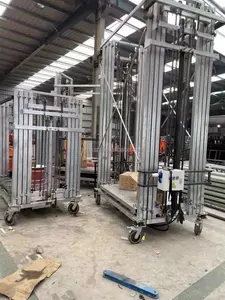






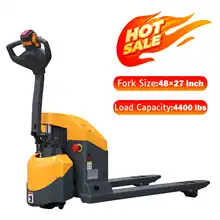
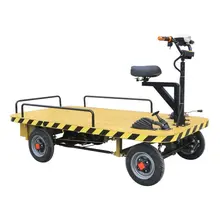




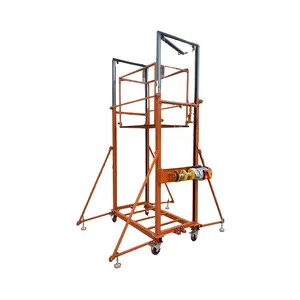


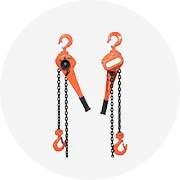

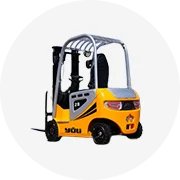








 浙公网安备 33010002000092号
浙公网安备 33010002000092号 浙B2-20120091-4
浙B2-20120091-4